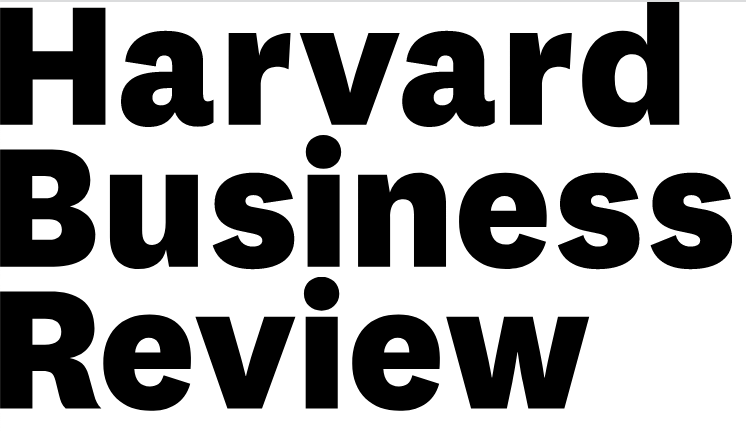Loneliness Is Tied to Work Performance
Loneliness touches all aspects of a person’s life. Employees might feel connected to colleagues, but lonely in their personal lives, or vice versa. No matter the source, loneliness can have a detrimental impact on people.
Research has found that loneliness heightens mortality risk, on par with smoking fifteen cigarettes per day and being an alcoholic. It also poses the same health risks as obesity.
Lonely employees take more sick days, and their job performance goes down. Executive functions such as reasoning and decision-making are impacted. And loneliness can impact employees at all levels of an organization. A survey of CEOs found that 61% report feeling lonely and think that loneliness hinders their work performance.
It becomes a cycle: engagement and collaboration with teammates go down, which may lead to further isolation and perpetuate feelings of loneliness. Isolation can lead to feeling “stuck” and employees are unable to process the next step in their roles.
The Covid-19 pandemic forced companies to take a hard look at the impact of loneliness in the workplace. Without question, many people were isolated from their work and social connections due to pandemic-related closures. At the onset of the pandemic, more than half of American adults reported feeling lonelier than usual.
While it previously might have been easy to brush off an employee’s loneliness outside of work as “not an employer’s problem,” the modern workforce leaders recognize the tight integration between work and non-work life.









